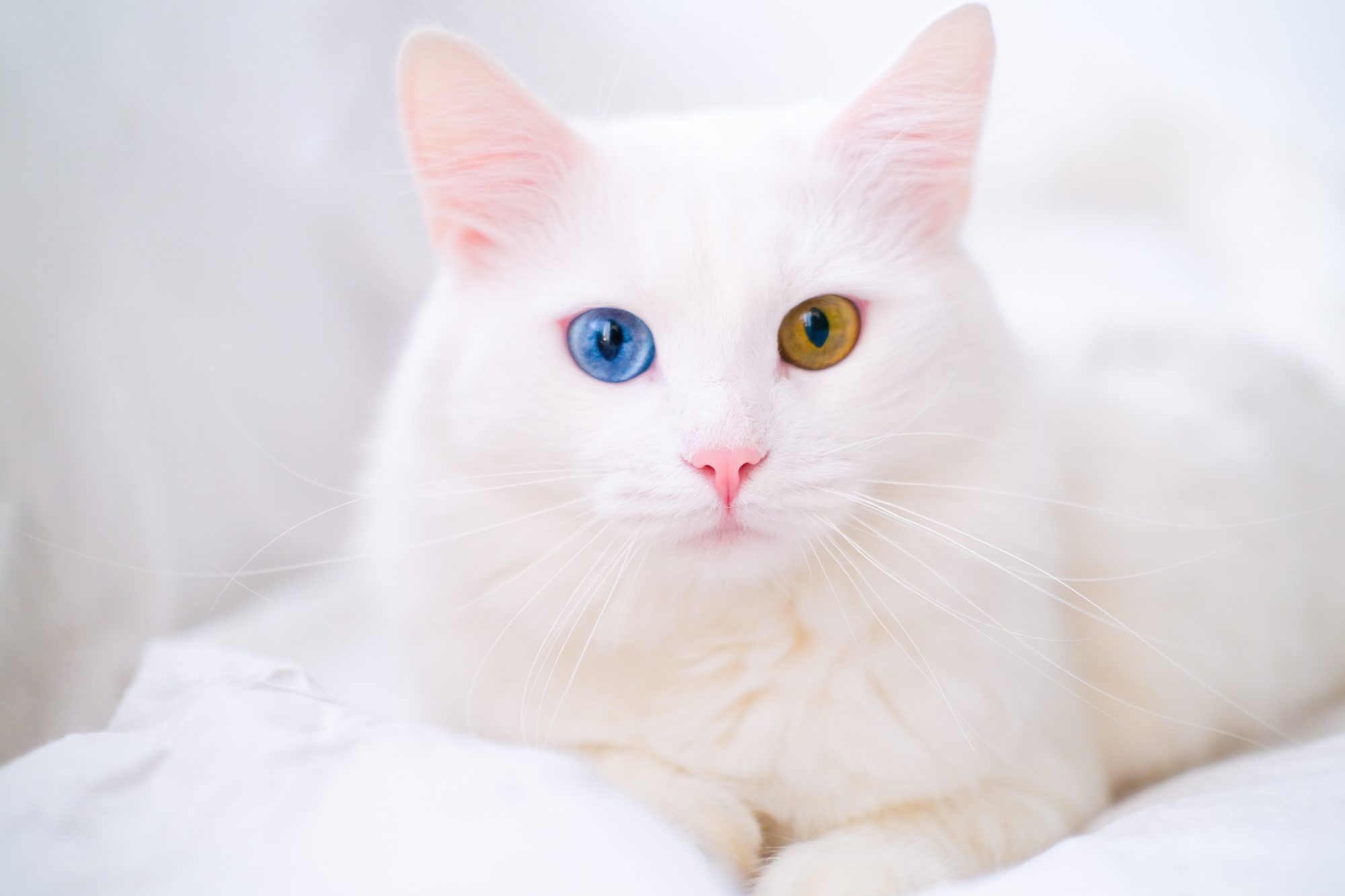What to Know About Feline Leukemia Virus (FeLV) in Cats

If your cat was recently diagnosed with feline leukemia (FeLV), you will probably have a lot of questions and concerns about treatment and prognosis. How did your cat end up FeLV-positive, you may wonder. What are the symptoms and what should you do for your cat going forward?
The feline leukemia virus is “second only to trauma as the leading cause of death in cats, killing 85% of infected felines within three years of diagnosis”. The prognosis, for many cats, is unfortunately poor, with most only living with the virus 3-4 years. Thankfully, 70% of cats exposed to the virus are able to resist or eliminate it on their own.
Because of the seriousness of the disease, Oakland Veterinary Referral Services wants you to know more about feline leukemia virus so that you can better protect your pet from this illness.
Feline Leukemia Virus
The feline leukemia infection comes from a virus spread from one infected cat to an unvaccinated one. Transmission occurs through the saliva, such as a bite or sharing food or water. Oftentimes, kittens will test positive for FeLV because their mother passed it down to them during gestation or through nursing. If the mother passes the virus to her kitten, the kitten may thrive for a while then succumb to the infection in a few years. Since cats naturally love to groom, they can also pass on the virus through mutual grooming.
Young cats and those with underlying health issues are more at risk of acquiring feline leukemia, but any unvaccinated cat is at risk. Only cats can contract the feline leukemia virus, as it is a species specific disease. There is a strong link between FeLV and feline lymphoma or leukemia. However, not every cat that is positive for feline leukemia virus develops cancer, and not every cat who has these cancers has the feline leukemia infection.
Clinical Signs of Feline Leukemia
This disease affects cats in a variety of different ways. Because of the presence of infection, it is the leading cause of leukemia in cats and can develop into blood disorders and a decrease in immunity. Cats with FeLV are prone to other diseases and poor quality of health because of decreased ability to fight off infection brought on by viruses, bacteria, fungi, and so on.
Signs associated with this infection in cats include:
- Loss of appetite/weight loss
- Unkempt, dry coat
- Enlarged lymph nodes
- Pale gums
- Diarrhea
- Fever
- Infections (skin, ears, respiratory tract)
- Seizures
Only through an examination and lab tests can we determine the cause of these symptoms and whether your cat is positive for FeLV. There are blood tests that can accurately diagnose FeLV, and those with positive diagnoses have the infection for life (except for rare cases).
Treatment and Prognosis of Feline Leukemia
Unfortunately, there is no cure for feline leukemia. Cats who are FeLV positive should not be around other cats and should be kept inside at all times to reduce the spread.
All cats should be vaccinated against the feline leukemia virus. Usually, this occurs during the first few weeks of your kitten’s life. Your veterinarian will usually deliver this two-vaccine protocol over a 3-4 week span. After a year, your cat is given a booster. The good news about the virus is that it is not as contagious as many viruses. Most healthy cats exposed to the presence of an infected cat do not acquire the infection, but you should always use caution.
In terms of outcome, the younger the cat, the more affected they become if they’ve been infected. Some kittens or adolescent cats become sick quickly and the illness turns fatal, but an older, otherwise healthy adult can potentially live a normal, healthy life with FeLV.
Supportive care and an examination by your veterinarian to assess your cat’s current health status every 6 months is vital to maintaining their well-being and longevity.
If you have additional questions about feline leukemia virus or would like to schedule an appointment, please contact us.


